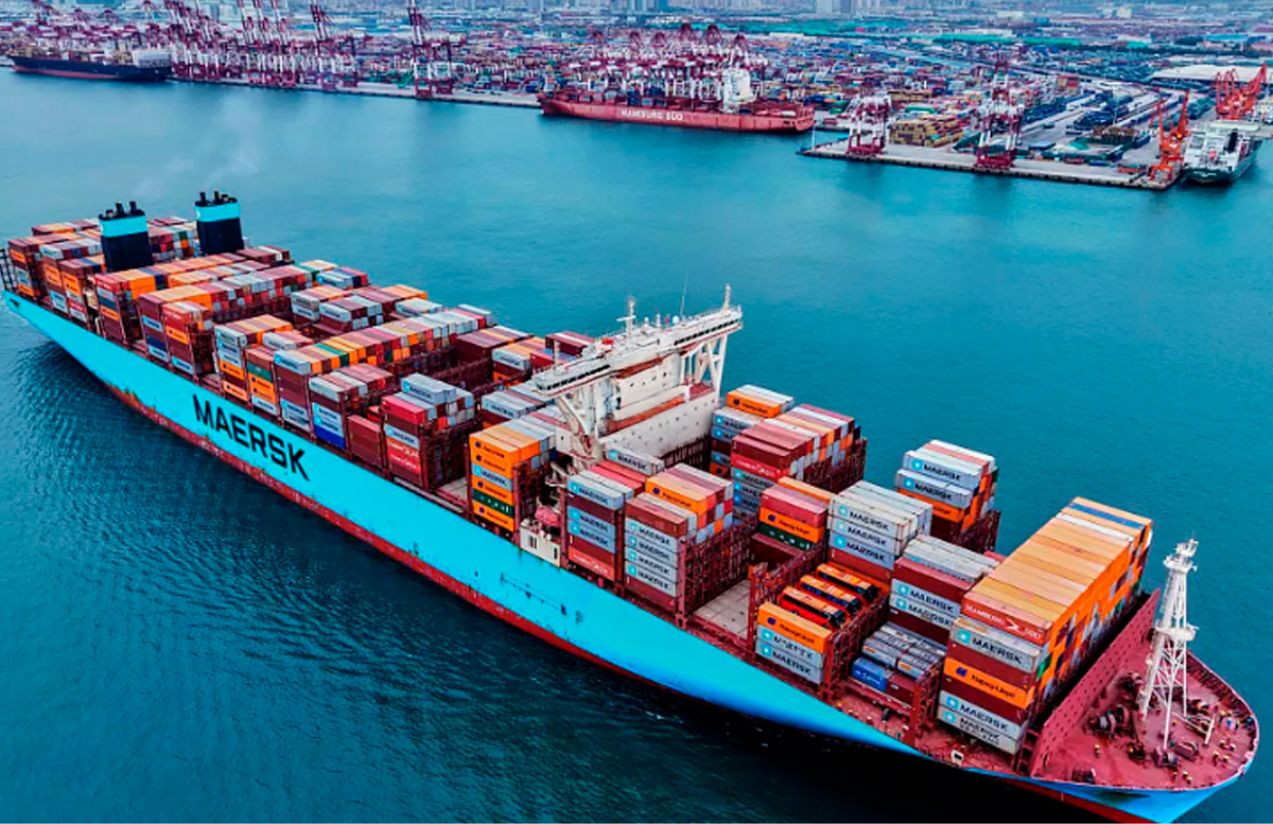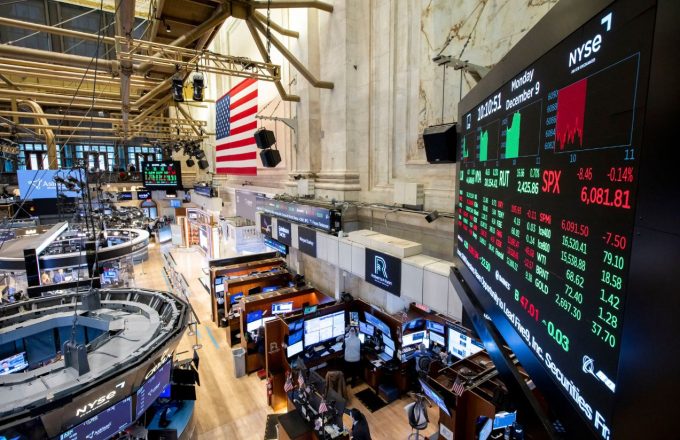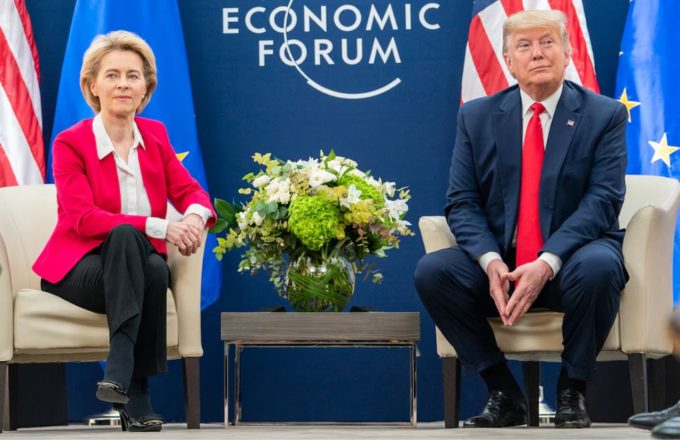Amid ongoing trade tensions with the United States, China has posted a stronger-than-expected rebound in international trade. Exports and imports denominated in yuan grew by 5.2% year-on-year in June, according to official data released Monday by China’s General Administration of Customs. The figures, which exceeded most analysts’ forecasts, reflect the temporary pause in the tariff war between the world’s two largest economies.
Driving this growth was a notable surge in exports, which rose 7.2% compared to the same month last year, while imports increased by a more modest 2.3%. In the first half of the year, China’s total foreign trade grew by 2.9% year-on-year, an improvement over the 1.3% increase recorded in the first quarter.
The data also highlight the impact of the tariffs imposed by U.S. President Donald Trump and the uncertainty they’ve injected into global markets. So far this year, trade between China and the United States has declined by 9.3%, with a sharper 20.8% drop in the second quarter alone.
However, China has managed to offset this decline by strengthening trade ties with other partners. Exports to the European Union, Japan, and the United Kingdom have remained stable, while trade with emerging markets in Southeast Asia, Central Asia, and Africa has grown at double-digit rates.
These trade figures come just ahead of a new GDP report expected Tuesday, which will offer further insight into China’s resilience in the face of global economic headwinds. The Chinese economy grew 5.4% in early 2025, beating expectations despite a struggling real estate sector and sluggish domestic consumption. Beijing has set a full-year growth target of “around 5%.”
The peak of the U.S.-China trade conflict came in April, when both nations imposed steep tariffs—up to 145% from Washington and 125% from Beijing—amounting to a de facto embargo. Since then, relations have thawed slightly. Following negotiations in Geneva and London, bilateral trade in June increased by over 20% compared to the previous month, according to Efe estimates.
Breaking down the numbers, Chinese exports to the U.S. rose 21.5% month-on-month in June, while American goods exported to China increased by 7.2%. The previous month, both figures had plummeted by more than 12%. Still, total trade between the two countries was down nearly 15% compared to June of last year.
One particularly sensitive sector—rare earth exports—also saw a significant uptick. Shipments of these minerals, which are crucial for high-tech and defense industries, rose 32% between May and June, according to Reuters calculations. The spike reflects the global rush to stockpile resources China largely controls.
Earlier in the trade standoff, Beijing had restricted rare earth exports as a pressure tactic. However, following talks with the U.S., it agreed to review and ease those limitations.
Rare earths are also central to China’s trade discussions with the European Union, which is grappling with a chronic trade imbalance with Beijing. Brussels fears this gap could widen as Chinese goods redirected from the U.S. flood European markets. In the first half of the year, trade between China and the EU—its second-largest trading partner—increased by 3.5% year-on-year.
Key growth drivers for Chinese exports include electronic components, ships, and automobiles. According to Wang Lingjun, Deputy Director of the Customs Administration, high-tech product exports rose 12.5% in the first half of the year. Lithium batteries and wind turbines grew by more than 20%, while industrial robot sales surged 61.5%.




















